Why Cell Signal Is Weak & How Boosters Help
In 2025, staying connected is more important than ever yet poor cell signal is still a common frustration that can drop calls or slow down data when you need it most. Signals can be weak because you’re far from the nearest cell tower, blocked by hills/buildings, or stuck in network congestion.

The good news is you’re not powerless. A cell phone signal booster amplifies a weak outside signal and rebroadcasts a strong signal inside your home, office, or vehicle. Even a faint one bar signal can be boosted to eliminate dropped calls, improve voice clarity, and speed up data connections.
What Is a Cell Signal Booster (and Do They Work)?
Looking for the Best Overall Signal Boosters?
Start with our top-rated Best Sellers — trusted by homeowners, RV travelers, drivers, and small businesses.
Browse Best Sellers
A signal booster is a system with an outdoor antenna, an amplifier, and an indoor antenna. It “listens” for existing 3G/4G/5G signals outside, amplifies them, and then distributes the stronger signal indoors. This works for all major carriers simultaneously. Do boosters really work? Yes if there is any usable signal to start with, a quality booster can dramatically improve your reception and data speeds.

Types of Boosters
- Home/Building Boosters: Units made for houses, apartments, and offices. They typically offer high gain (60–72 dB) and cover a certain square-footage (e.g. a “small home” up to ~2,000 sq ft or a “whole home” 5,000+ sq ft). These use an outdoor antenna on the roof or wall and an indoor antenna to cover the inside space.
- Vehicle Boosters: Compact boosters for cars, trucks, RVs, and boats. They use a magnetic or mounted external antenna on the vehicle roof and a small internal antenna in the cabin. They are usually rated at up to ~50 dB gain (FCC limit for mobiles) and run off 12V power (cigarette lighter socket). Vehicle boosters are great for staying connected on road trips or on remote highways.
Choosing the Right Booster
Key factors to consider: coverage area (square footage or vehicle size), outside signal strength, and carrier bands. Choose a booster rated for slightly more area than you need if your outside signal is very weak (when outside signal is weak, you’ll want a more powerful/high-gain unit). For example, a small cabin might use a 2,000 sq ft booster, whereas a large home might need a model rated for 5,000+ sq ft.
Also ensure the booster supports your carrier’s frequencies; most modern boosters are multi-band and cover all U.S. carriers by design, which makes life easy. Finally, consider features: some boosters have smartphone apps or LCD displays for easier installation and monitoring, which can be very handy for aiming antennas and checking performance.
Installation Basics
Setup is typically DIY. Mount the outdoor antenna as high as possible ideally on your roof and point it toward the nearest cell tower. Keep the outside and inside antennas well separated to prevent feedback oscillation.
Then run the coax cable indoors to the amplifier, place the indoor antenna in the area where you need better signal, and power the system on. Many boosters automatically adjust their gain, and some offer tools (like a mobile app or indicator lights) to help you optimize the antenna placement. Once installed, the booster will quietly take that spotty 1–2 bar signal from outside and amplify it to deliver a strong, reliable cell signal throughout the target area.

Coverage Problems in Rural & Urban Areas
Why Signal Fails in Rural Areas
In the countryside or mountains, weak cell signals are often due to distance from cell towers and a lack of infrastructure. Fewer towers over large areas mean your phone might be many miles away from the nearest signal source by the time the signal reaches you it’s faint. Terrain plays a big role too: hills, mountains, and dense trees can block or absorb signals, creating “dead zones” in valleys or forests. Additionally, many rural homes have signal unfriendly building materials that further weaken reception. The result is you may see one bar or no service at home even if a weak signal exists outside.
Why Signal Fails in Cities
In cities, we have the opposite problem: plenty of towers and strong outdoor signals, but obstacles and interference reduce indoor coverage. Signals have a hard time penetrating skyscraper concrete, steel frames, and low-E glass. You might get full bars on the street but lose signal deep inside a building. Also, urban areas suffer from network congestion: with so many users, during peak times a cell tower can become overloaded . Additionally, high-frequency 5G signals used in cities don’t travel far and are easily blocked by walls, so indoor 5G coverage can be spotty.
Rural vs. Urban: In rural areas, the challenge is getting any signal (due to distance and terrain), whereas in urban areas the challenge is keeping a strong signal through concrete and during heavy usage. Rural folks might have large outdoor areas with no coverage; urban dwellers often have coverage outdoors but “dead zones” indoors.
Solutions for Weak Signal – Country vs. City
Rural solutions: The best fix is to capture the available outside signal and amplify it indoors. This means using a directional outdoor antenna pointed toward the nearest tower, paired with a powerful indoor cell booster unit. For example, mounting a Yagi antenna on your roof and using a high-gain booster can turn a spotty one-bar outdoor signal into a solid 3–4 bars inside. Once installed, the booster’s amplified coverage lets you make calls and use data normally even in areas where you previously had to drive towards town for a signal.
Urban solutions: In the city, a signal booster can bypass building material losses by pulling in good reception from outside (antenna on a balcony or roof) and broadcasting it indoors. Even a compact apartment booster can take you from zero reception in a concrete interior to strong signal by the window. If you can’t mount an outdoor antenna, you may rely on Wi-Fi calling, but that requires robust broadband. A booster, on the other hand, lets you use your phone on cellular without dependence on the internet. Many city offices and condos install interior boosters to avoid dropped calls in thick-walled rooms and elevators. Also, remember some quick tricks: simply moving to a higher floor or near a window can sometimes improve signal a bit but for a whole-area permanent fix, a booster is the optimal solution.
Carrier Signal Comparison: AT&T vs. Verizon vs. T-Mobile
Different carriers have different coverage footprints, but a signal booster can help improve any of them. Here’s a quick look at the “big three” networks in 2025:
-
AT&T: Widest overall coverage on 4G LTE (covers roughly 58% of U.S. land area). AT&T’s 5G network reaches about 295 million people (~29% of land), a balanced approach with both low-band and new mid-band 5G rolled out. AT&T has a strong rural presence and very broad LTE coverage, plus a steadily growing 5G footprint in cities and along highways.
- Verizon: Nearly as wide 4G reach as AT&T (~56% of U.S. land) and known for excellent rural coverage and network reliability. Its 5G is more limited so far (covers only ~9% of U.S. land) because Verizon initially focused on ultra-fast mmWave 5G in dense cities and is now rolling out mid-band 5G to catch up. Verizon excels in remote LTE coverage (great for travel and highways) and still offers decent 5G in many metro areas, but it has the smallest 5G footprint of the three at the moment.
-
T-Mobile: Historically had a smaller rural footprint (~43% of land with LTE), but leads in 5G by a big margin. T-Mobile’s 5G covers roughly 36% of U.S. land area, reaching ~332 million people, the most of any carrier. This means in many suburban/urban areas T-Mobile offers the widest 5G availability and often the fastest data speeds. In very remote regions, T-Mobile still has some gaps compared to AT&T/Verizon, but they are rapidly expanding coverage with low-band 5G in those areas.
Despite these differences, cell signal boosters help all carriers. Boosters are carrier-agnostic devices that amplify whatever licensed cell signal is present, whether it’s AT&T, Verizon, or T-Mobile. So if, for example, Verizon is the only carrier that gets even a weak signal at your location, a booster will amplify Verizon’s signal for you. If you have multiple users on different carriers (say an AT&T work phone and a T-Mobile personal phone), a single booster system will improve both simultaneously.
Modern boosters cover all common 4G LTE and low/mid-band 5G frequencies used by the major US providers. The bottom line: choose the carrier that suits your needs, and if its signal is weak in your home/office, use a booster to level the playing field. A good booster lets your device reach the nearest tower more easily – often turning a bad one-bar carrier signal into a solid, usable connection.
Carrier coverage continues to evolve, but a quality booster ensures you get the best out of whatever network is available to you.
Vehicle Connectivity: How to Stay Connected on the Road
Why Vehicles Lose Signal
Have you noticed you often drop calls in the car or get spotty signals while driving? Vehicles themselves are part of the problem: the metal frame of your car or RV can act like a shield that blocks cell signals. Additionally, when you’re on the move, your phone is constantly switching between towers and sometimes there just aren’t towers in remote areas leading to dead zones during travel. On rural highways or hilly terrain, you might drive through stretches with no coverage at all. Even in cities, you can lose signal in tunnels, parking garages, or behind the metallized glass of your vehicle.
Boosters for Cars, Trucks & RVs
A vehicle cell booster is the best solution for on-the-road connectivity. It usually consists of a small external antenna (magnet-mounted on your car’s roof), a compact amplifier (powered by the car’s 12V outlet), and an interior antenna inside the cabin. This setup continuously pulls in signal from outside, amplifies it, and spreads it inside your vehicle keeping your phone connected even in areas where it used to drop out. For daily commuters or road-trippers, a car booster can significantly improve voice quality and data speed during the drive.
Larger vehicles have specialized kits: Truck boosters often come with a taller, mountable external antenna and a rugged amplifier designed for long-haul use, while RV boosters include a high-gain antenna you can fix to the RV’s roof or ladder to cover the big interior space. These mobile boosters are limited to ~50 dB gain by regulations, but that’s enough to make a huge difference in a vehicle allowing you to keep navigation and calls even in areas that used to drop completely.
Installation is straightforward (and usually non-permanent): stick the magnet antenna on the roof (or mount the provided antenna on a truck’s exterior mirror or RV ladder), run the cable in through a door or window seal, connect the booster unit and interior antenna, and plug it into your vehicle’s power socket. Once powered, it will automatically amplify signals for all phones in the vehicle.
One question we often get is: Do boosters work across the border or in other countries? If you travel between the US and Canada, for instance, the same booster will work for Canadian carriers as well. All major boosters are certified by Industry Canada as well as the FCC, and they support the common North American cell frequency bands. So you can road-trip freely. Your booster doesn’t mind if your phone is on AT&T, T-Mobile, Verizon, Bell, Telus, etc., it will boost the signal just the same.
Whether it’s for daily commutes, cross-country trucking, or camping adventures, a vehicle booster ensures you stay connected. No more dropped calls on remote highways you can drive with confidence that your maps, music, and calls will hold signal virtually wherever you go.
5G and the Future of Connectivity
5G Basics
5G is the fifth generation cellular network, notable for much faster speeds and lower latency than 4G. Under ideal conditions, 5G can deliver download speeds in the hundreds of Mbps or even beyond 1 Gbps. To achieve this, 5G uses new frequency bands: some are low-band, others are mid-band, and some are high-band mmWave. The key point is that 5G’s highest-speed signals don’t travel as far or through walls, so real-world 5G coverage tends to rely on low and mid bands for broad reach, with high-band serving as a short-range capacity boost in downtown hotspots.
Does 5G Fix Coverage Issues?
Not by itself. 5G improves capacity and peak speeds, but it doesn’t magically eliminate dead zones. In fact, because high-band 5G is so limited in range, carriers primarily deploy it only in dense areas. Large rural areas still lack any 5G coverage. Even in suburbs, 5G may use mid-band signals that can weaken indoors. You might still have 1 bar of 5G in the same spot you had poor signal before. Bottom line: 5G doesn’t automatically solve weak signals at your location; you still need a strong connection to a tower, and that’s where boosters remain useful.
Do Signal Boosters Support 5G?
Yes. Any good modern booster is sold as “5G ready,” meaning it supports the key frequency bands that carry 5G . Current boosters can amplify low-band and mid-band 5G signals just as they do 4G. For example, boosters cover Band 12/13, 5, 2, 4 as well as newer bands like 71 (T-Mobile’s 600 MHz 5G) and 41 (2.5 GHz 5G).
When carriers rolled out mid-band C-band 5G (around 3.7 GHz), booster manufacturers began developing support for those frequencies too. In practice, if you have a 5G phone and a booster, you’ll simply notice that your phone stays on 5G more reliably and with higher bars. All major booster brands have confirmed their devices are compatible with 5G networks. In other words, a 5G signal booster will boost 5G just like it boosts 4G, provided the booster covers those frequencies.
5G for Home Internet & Remote Work
5G Home Internet: Carriers now offer fixed 5G wireless internet service which is great if your 5G signal is strong. A booster can help here by making sure your 5G modem/router (gateway) gets a solid signal from the tower, thus delivering top speeds and reliability over Wi-Fi to your whole home. Likewise, for remote workers using mobile 5G or for new smart-home gadgets on cellular, a booster ensures the connection stays smooth.
Beyond 5G
Even as networks evolve to 6G and beyond, boosters will continue to be relevant. Future networks may use even higher frequencies with shorter range, so the need to amplify indoor signals will remain. Booster manufacturers will adapt to new bands as they emerge just as current devices adapted to 5G. Far from 5G making boosters obsolete, it has actually made them more important to get the most out of those higher-speed networks. Investing in a quality booster now will continue to pay off for years, ensuring you have a strong signal for whatever “G” comes next.
Additional Tips and FAQs
Helpful Resources for Choosing a Booster
1. Testing Your Signal Strength: Instead of relying on “bars,” use your phone’s field test mode or apps to see signals in dBm. For example, around -50 dBm is excellent, -90 dBm is moderate, and -110 dBm is very weak. Apps like OpenSignal or Network Cell Info can also map nearby towers, which helps in aiming a booster’s antenna. By knowing your dBm readings and tower location, you can better diagnose issues and optimize booster placement.
2. Wi-Fi Calling vs. Femtocells vs. Boosters: These are different solutions to the same problem. Wi-Fi Calling lets your phone use your home Wi-Fi for calls/texts. It's free and great if you have fast internet, but it doesn’t improve cell signals for devices that can’t use Wi-Fi. Femtocells (microcells) are mini cell-tower boxes your carrier can provide that plug into your internet they create a small local cell signal in your home.
They work even with zero outside signal, but they are carrier-specific and require a good broadband connection. A signal booster, by contrast, uses no internet at all; it simply amplifies the existing cellular signals in your area. Boosters work for all phones and providers in your home simultaneously, with no monthly fees. The only requirement is that you have at least a weak outside signal to amplify.
3. Choosing a Booster & Installation: Match the booster to your coverage needs. If you have a single room or apartment to cover, a small unit might suffice; for a whole house, pick a unit rated for a larger square footage. HiBoost offers models ranging from the “Sidekick” up to powerful 15K Smart Link systems for large buildings so there’s a solution for every scenario.
HiBoost 15K Smart Link Deluxe Cell Booster
Covers 7,000-15,000 sq. ft.
Always ensure any booster you buy is FCC certified and approved for use by your carrier. Installation is usually DIY: remember to put the outdoor antenna as high as possible (and aim it toward the nearest tower), keep the indoor antenna far from the outdoor one (to avoid feedback), and follow the manual’s guidelines. Most boosters automatically manage their gain, so once it’s set up, you can simply enjoy a strong signal.
Are boosters legal and safe? Yes carriers themselves support consumer boosters (FCC rules authorize them). Just use a certified model. Boosters won’t harm your phone or health; they simply relay standard cell signals. In fact, they can reduce your phone’s radiation output with a booster, your phone doesn’t have to strain at high power to reach a distant tower, so it transmits at a lower power level.
Ready to Boost? If you’re tired of dropped calls or walking to the porch to get a text, a cell phone signal booster is the ultimate fix. We hope this guide has given you the knowledge to solve your signal issues. Feel free to explore our website for booster model recommendations (we even have a handy quiz to help find the right one for your needs).
All HiBoost boosters are FCC-certified and backed by warranty/support designed to make weak signals a thing of the past. With the right booster, you can enjoy reliable connectivity and high bars anywhere, turning your home, office, or vehicle into a zone of great signal in 2025 and beyond.
Recommended Reading
Struggling with Signal in the Country? These Boosters Might Save You (2025)
How to Choose the Best Cell Phone Booster for Home
The Most Popular Signal Booster for Rural Areas
How to Boost Cell Phone Signals in a Building
How To Boost Cell Signal In Your Apartment
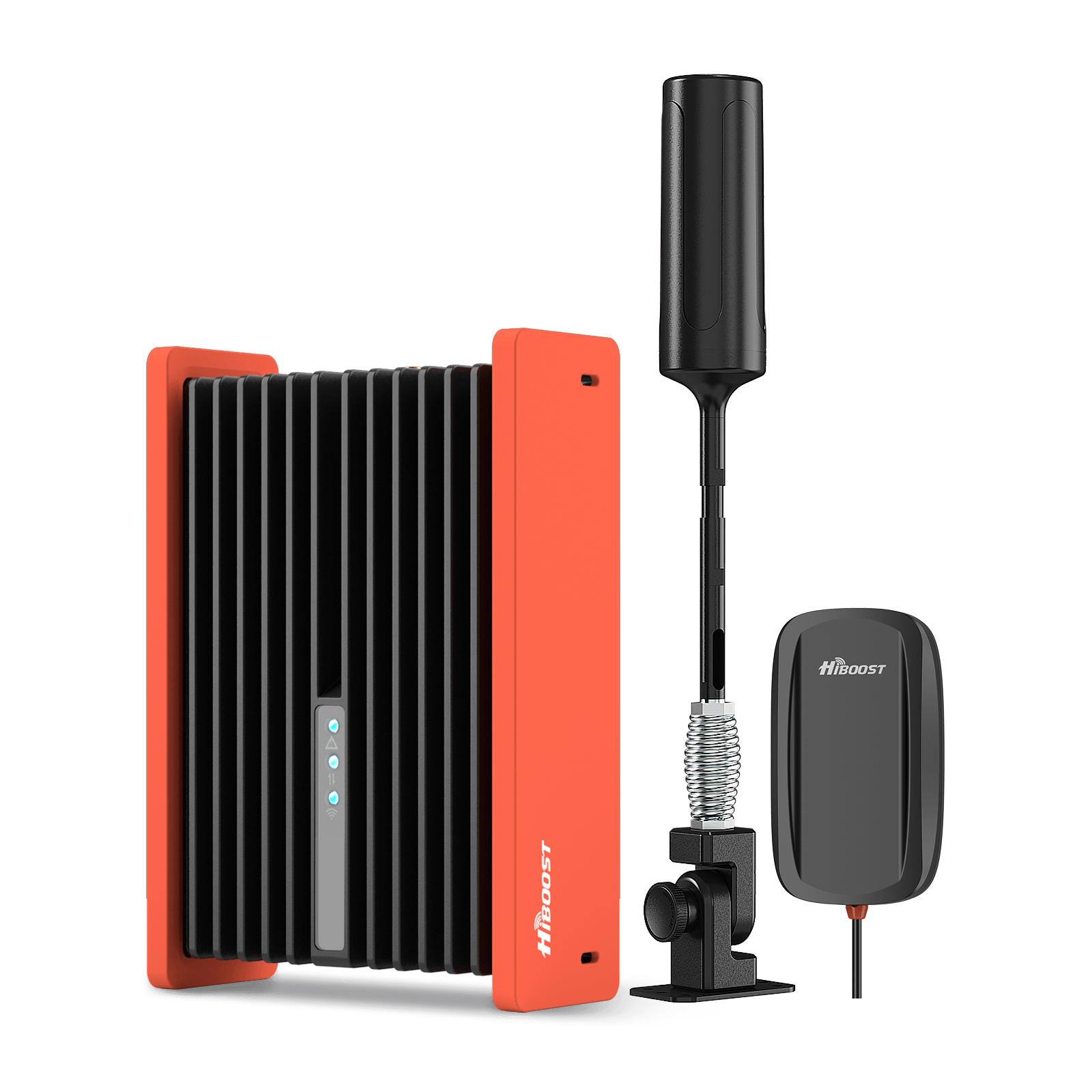
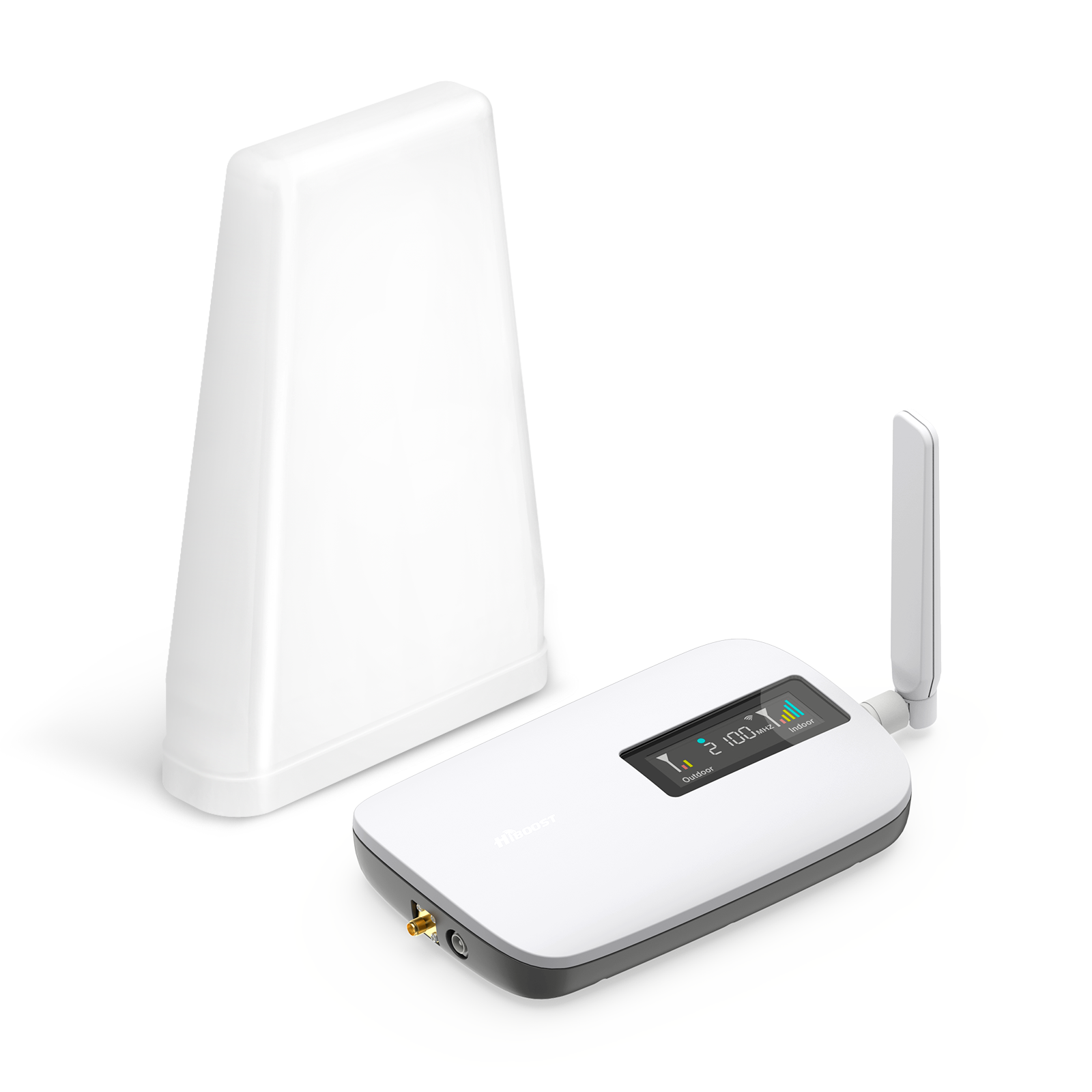
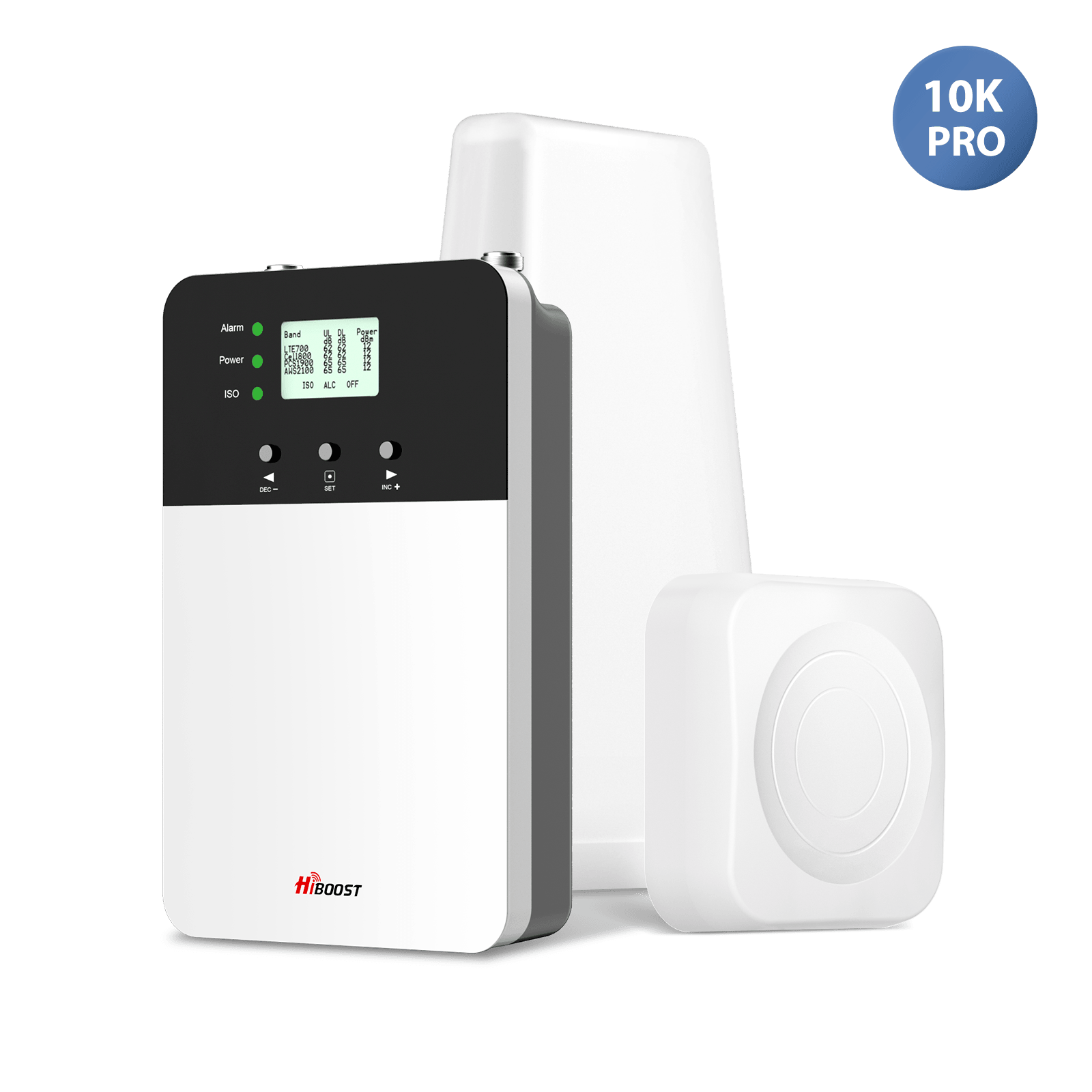
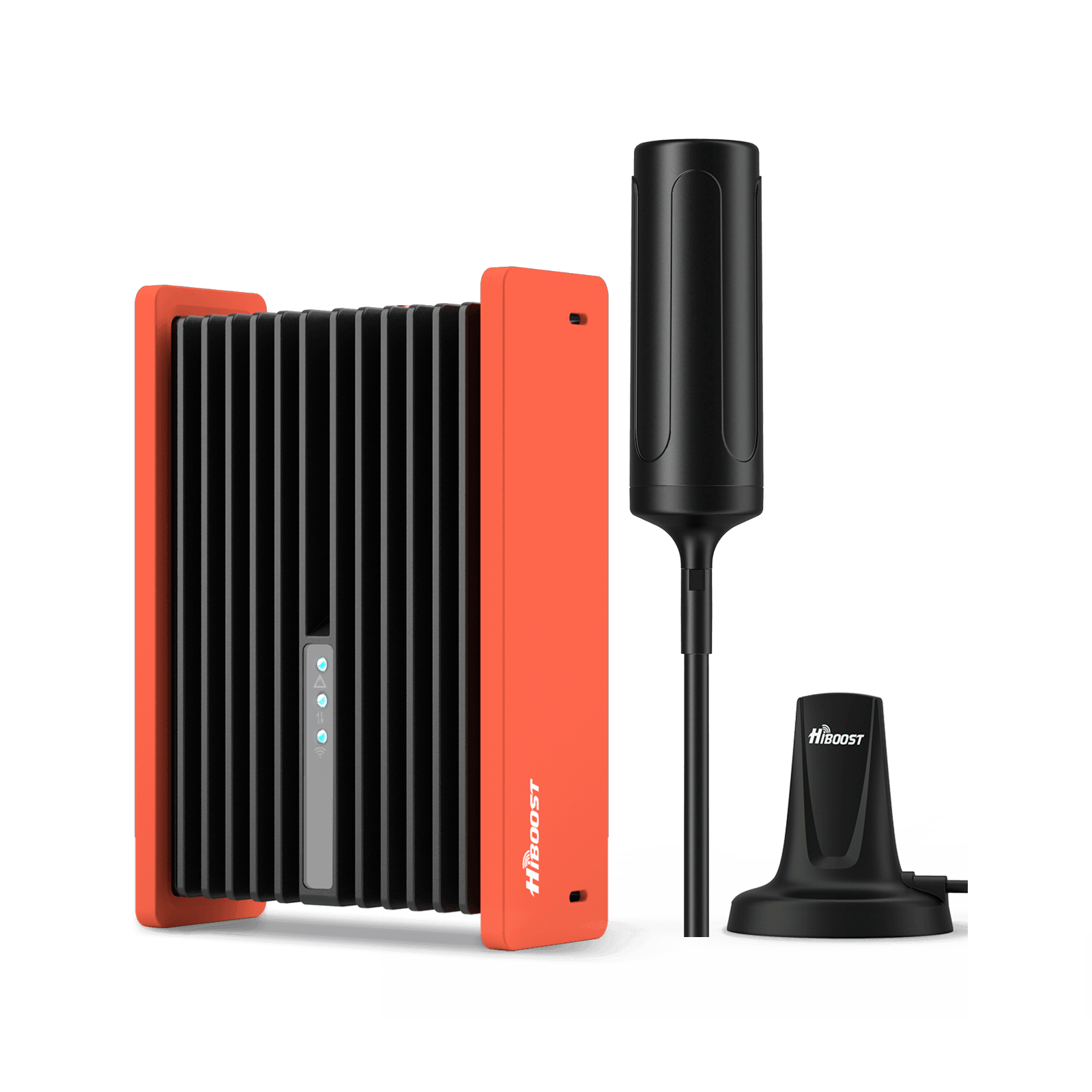
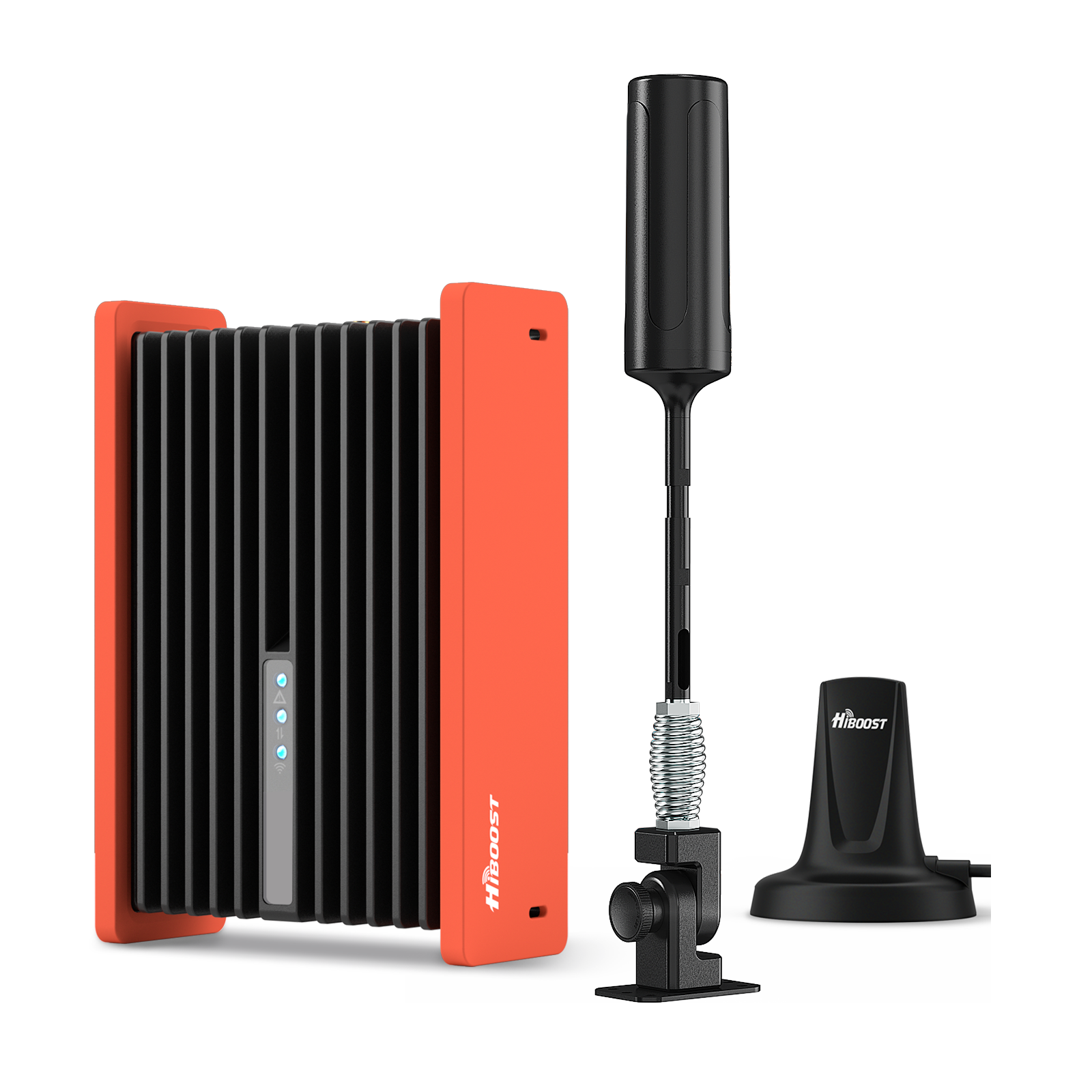
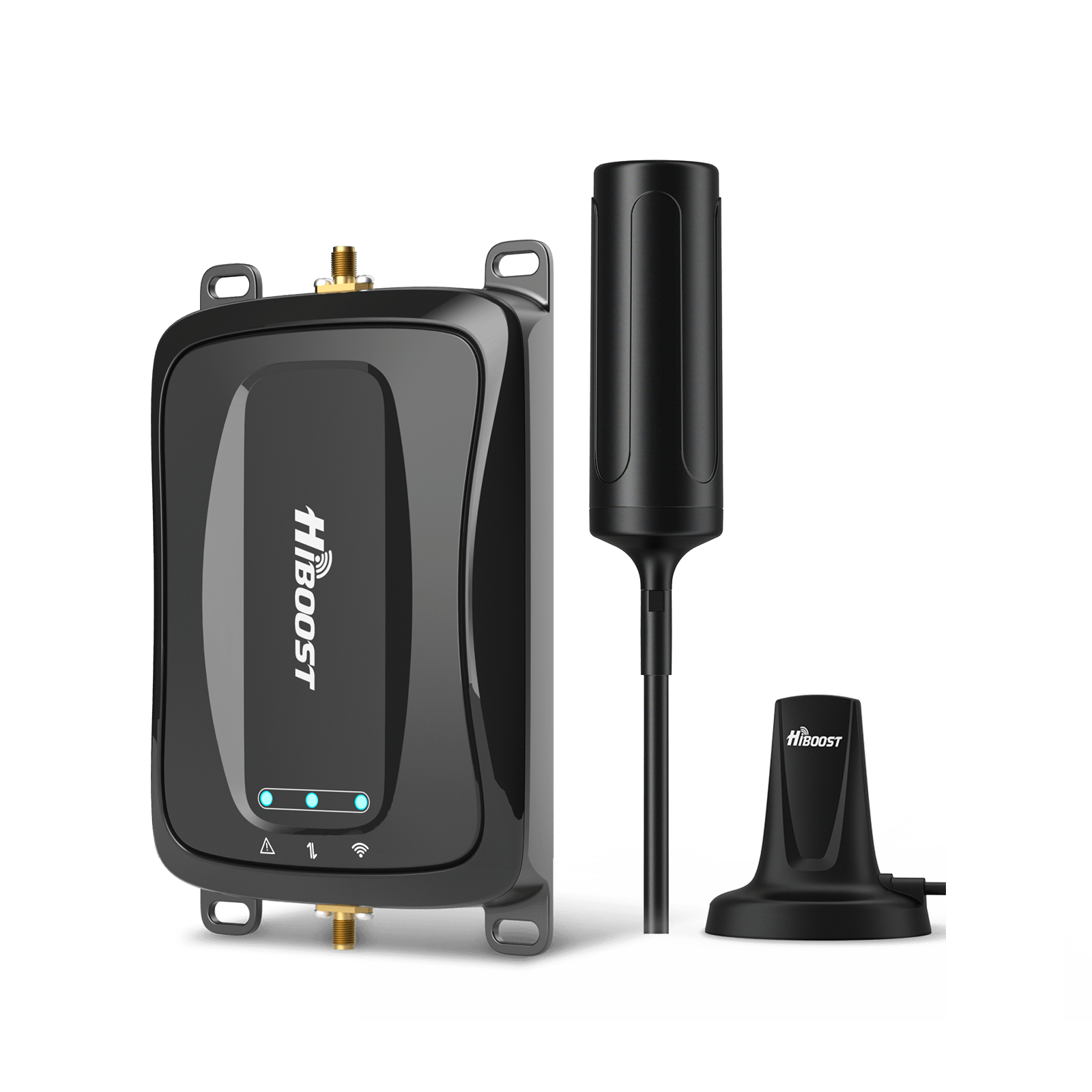
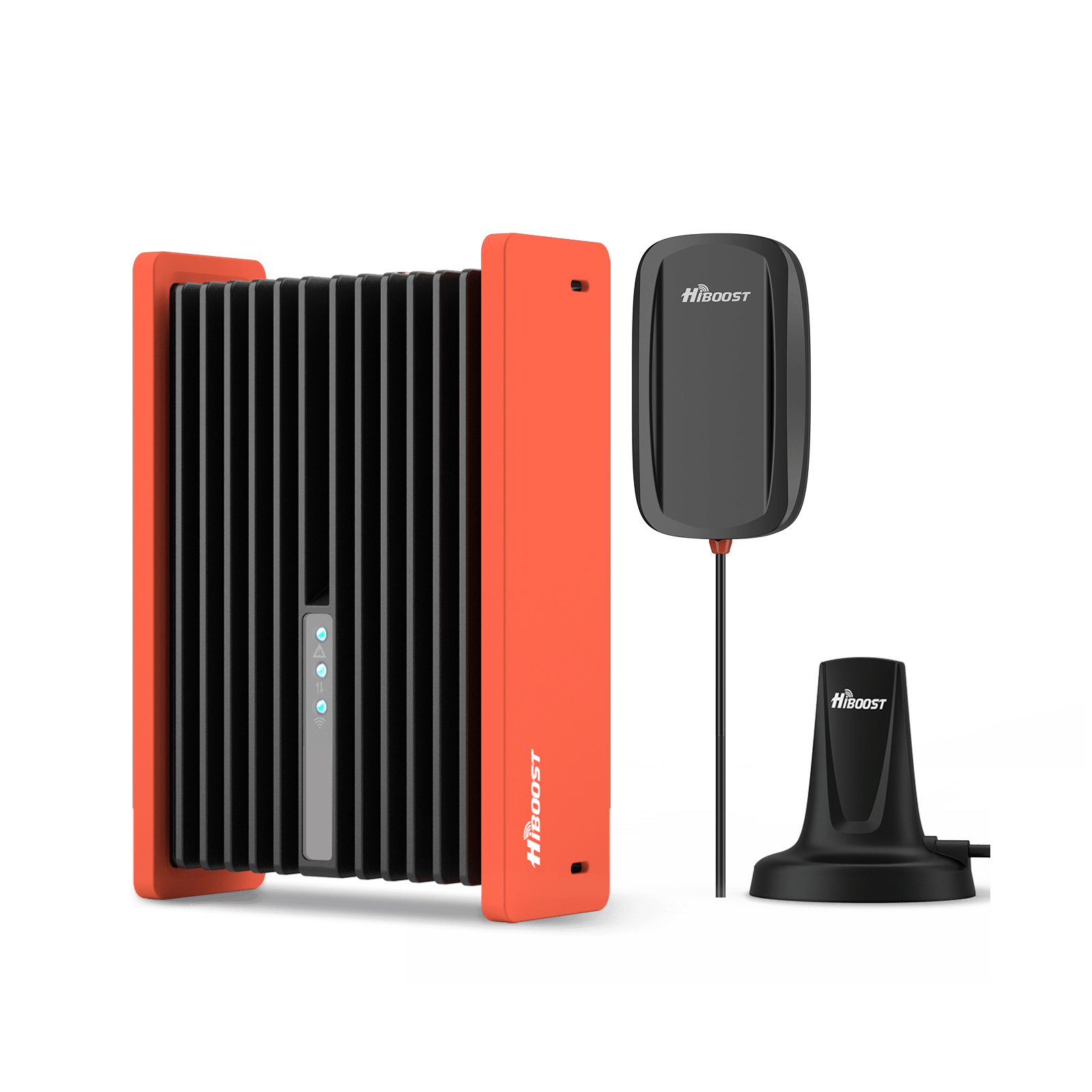
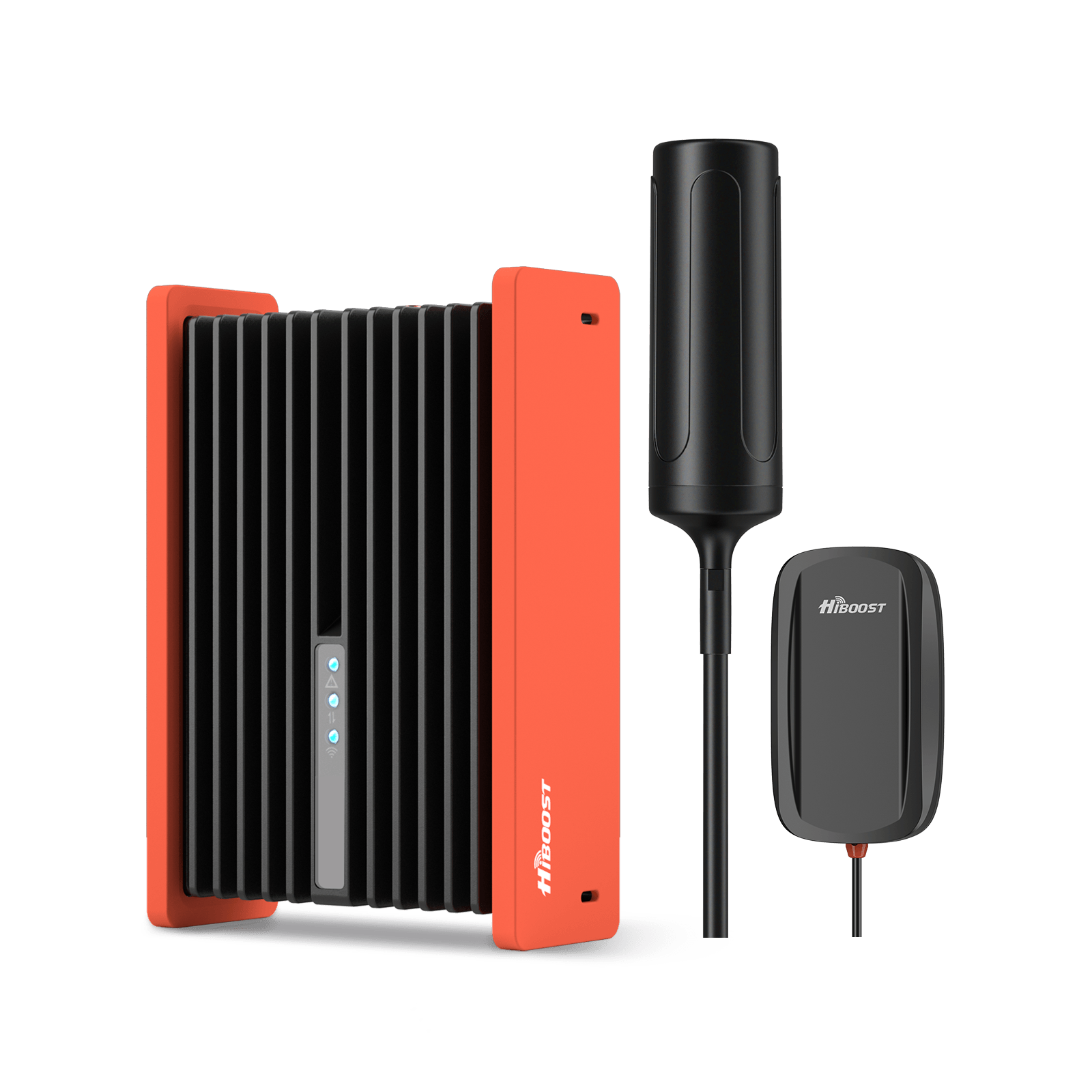
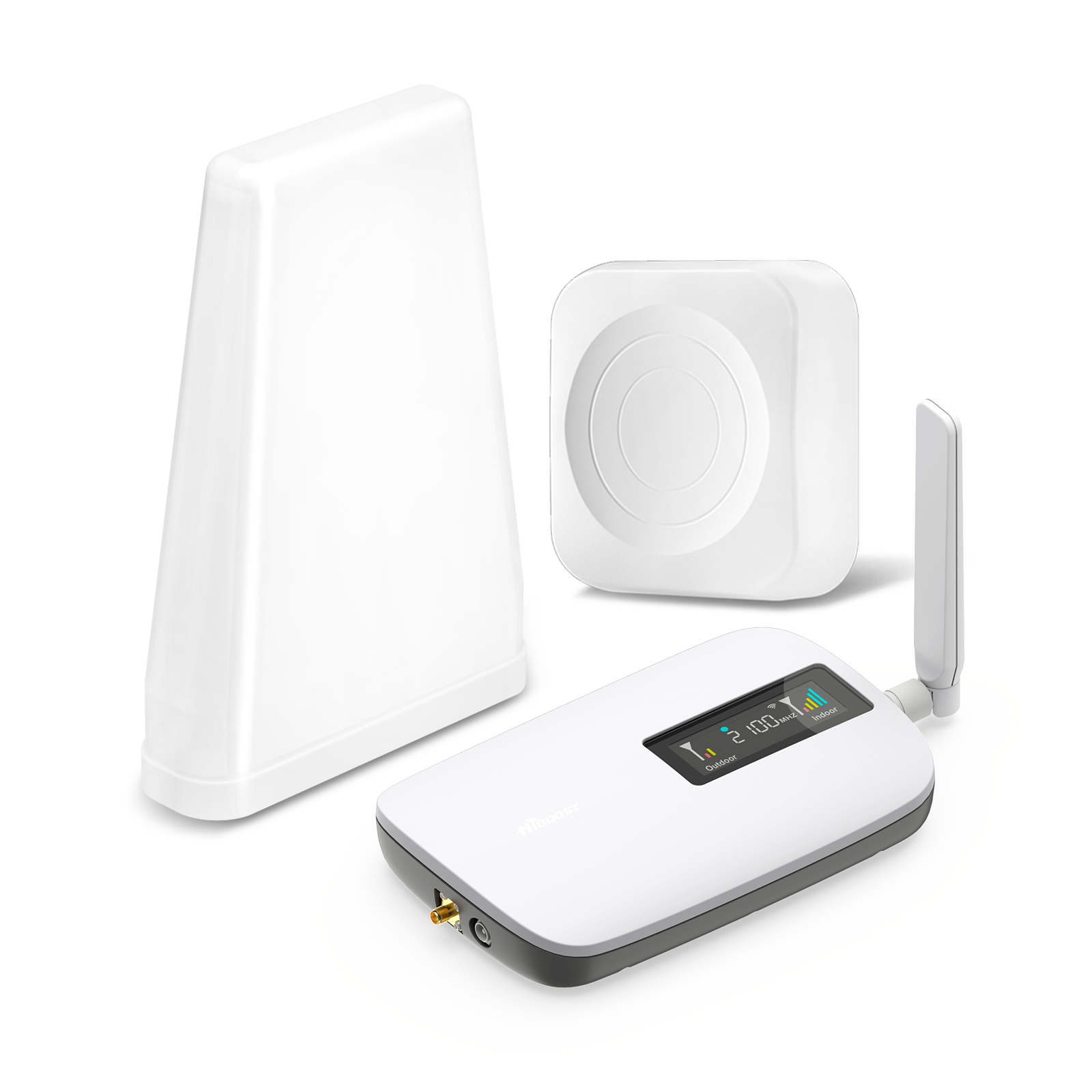
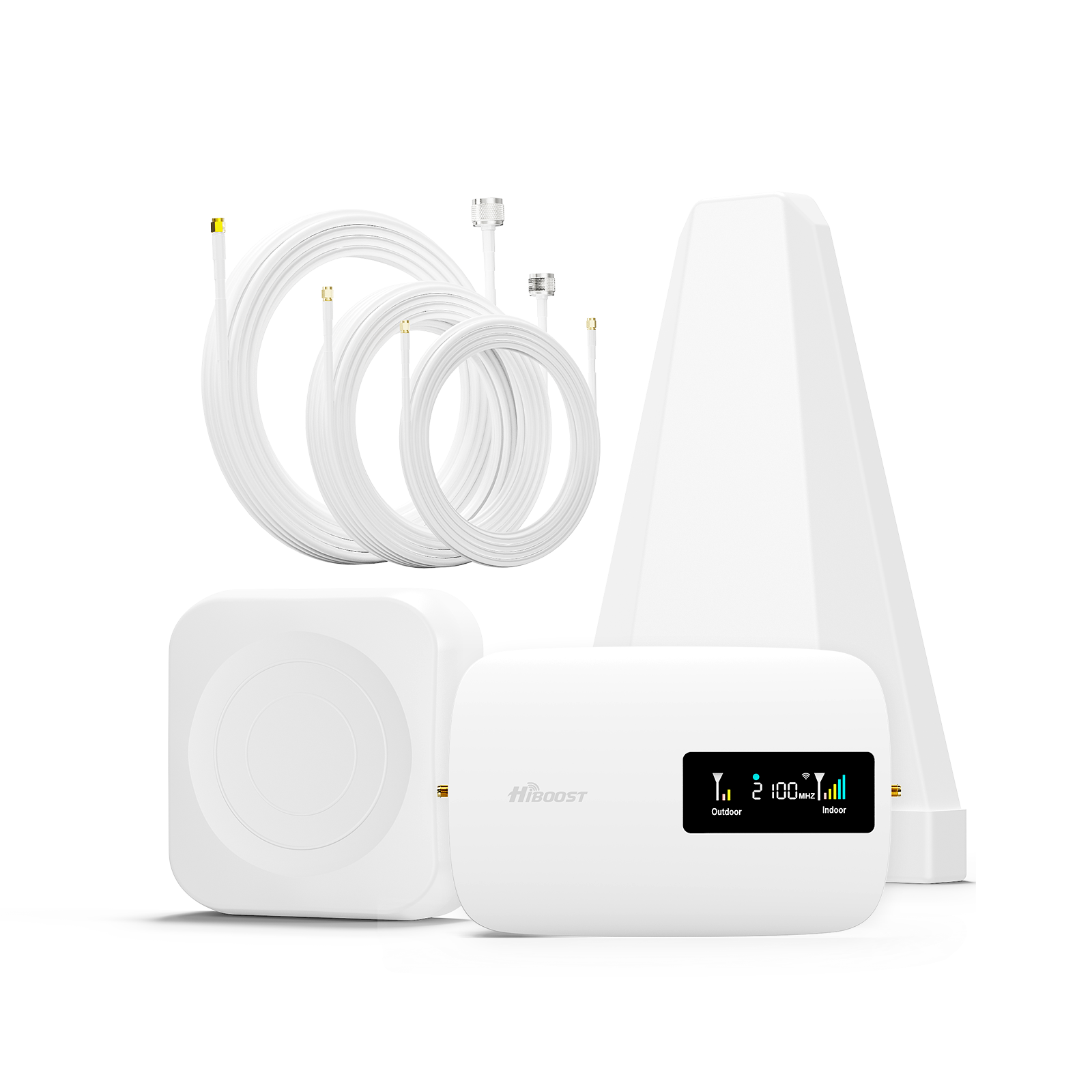
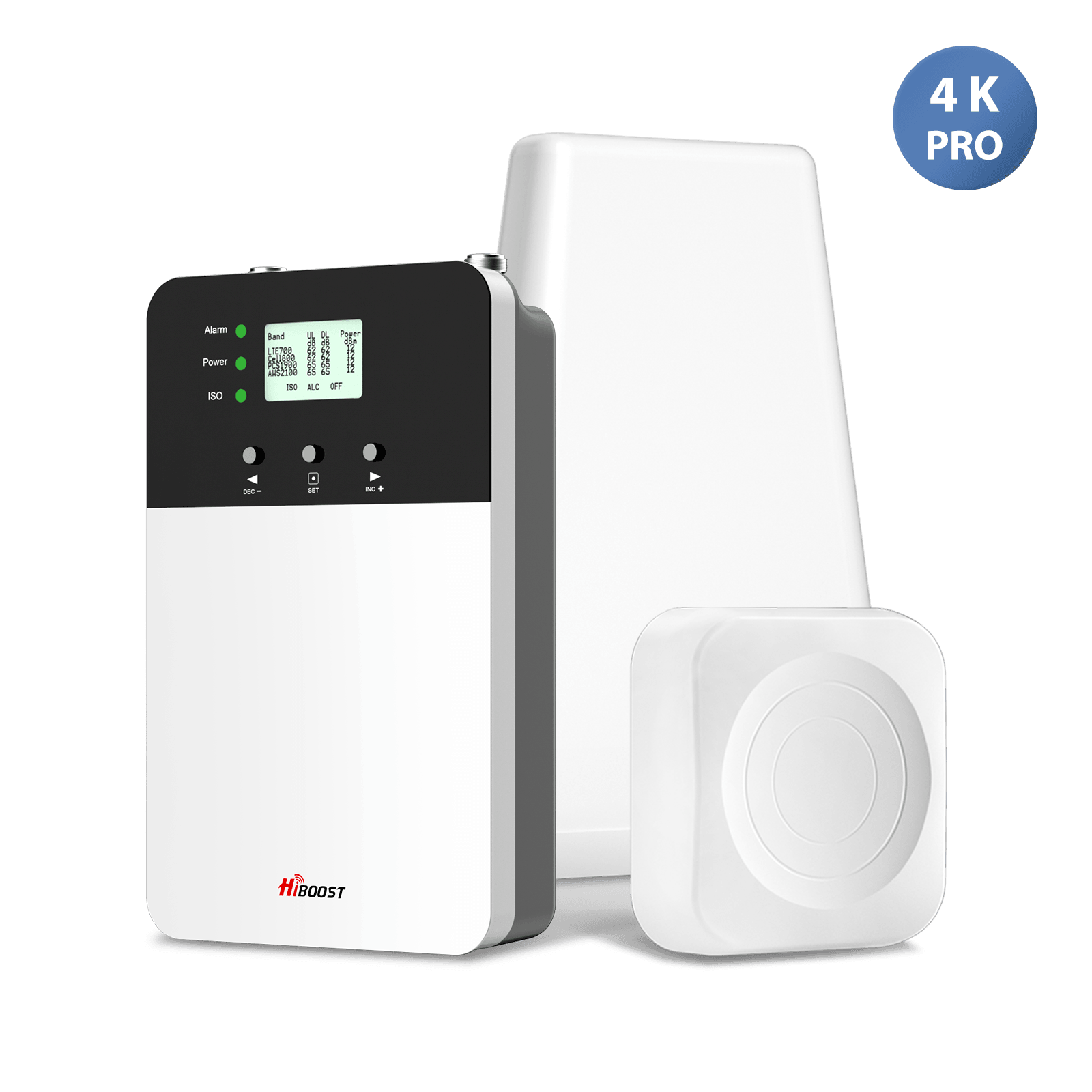
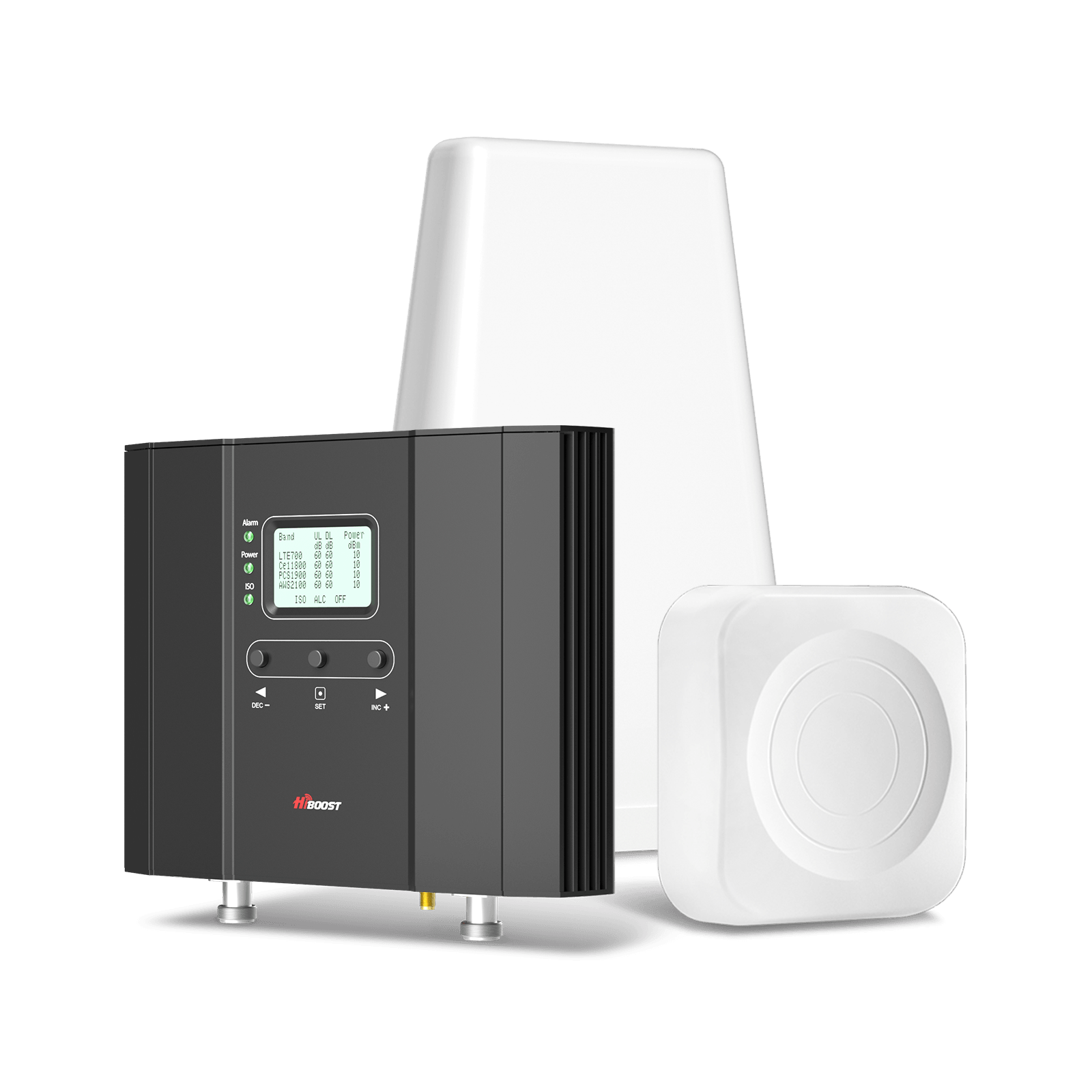
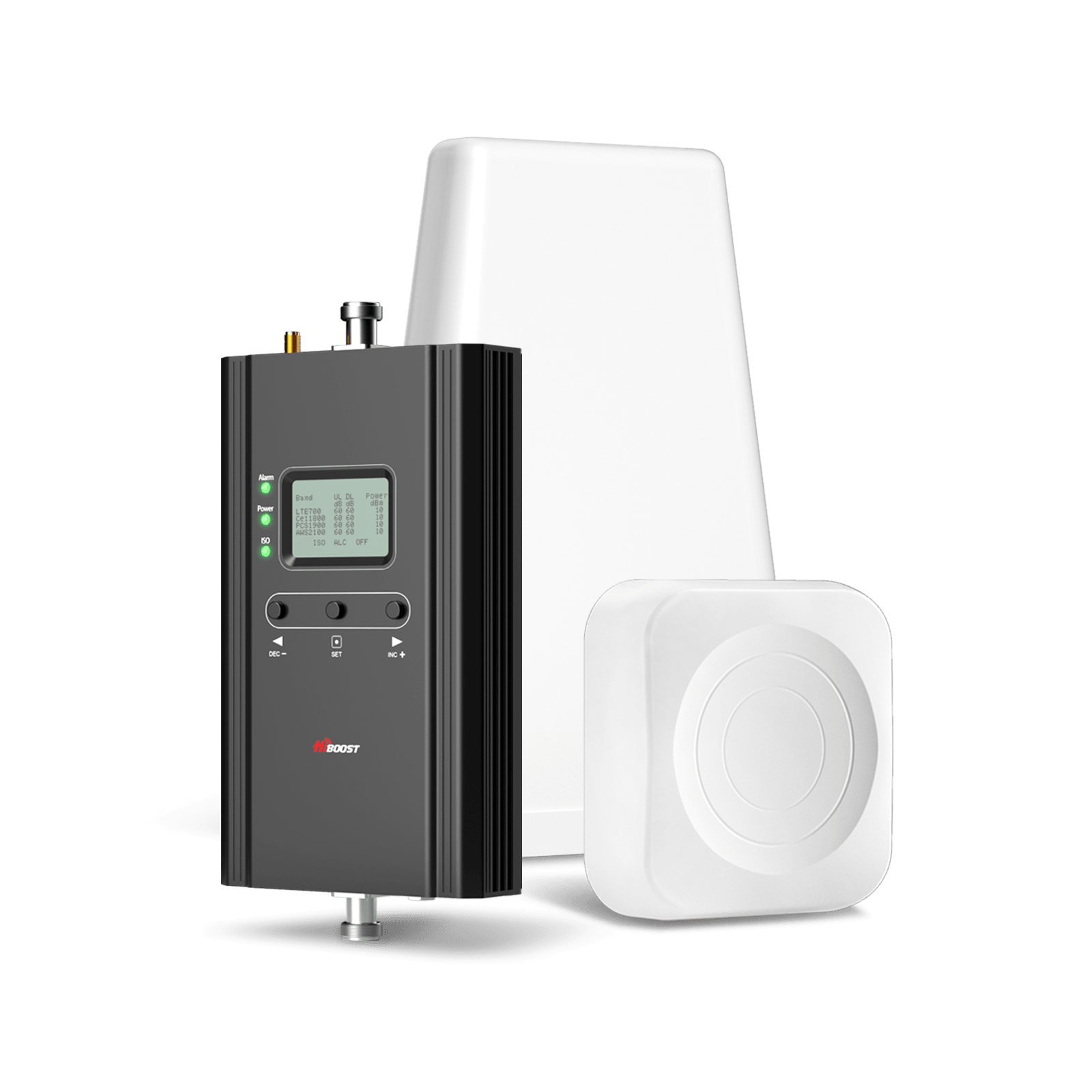
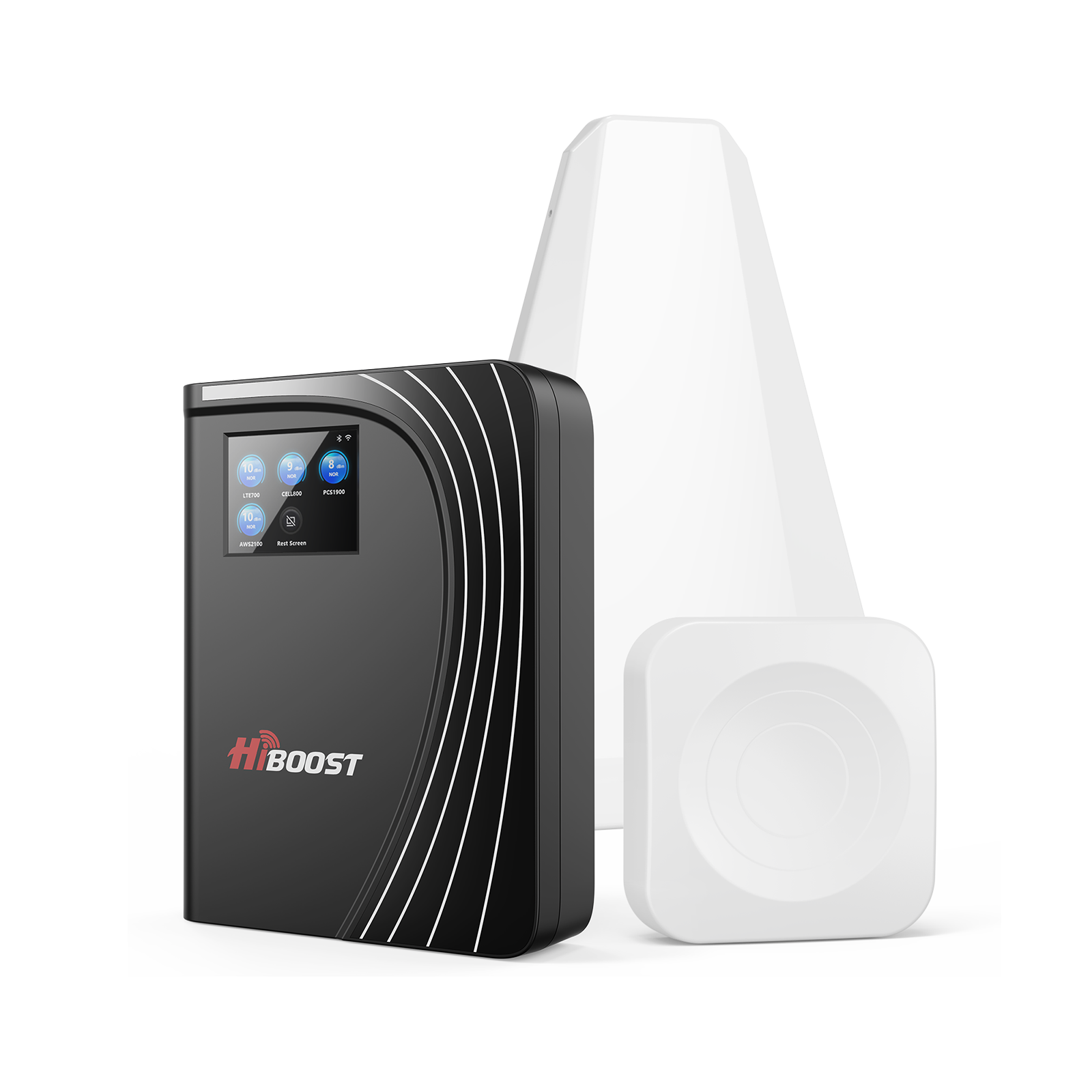
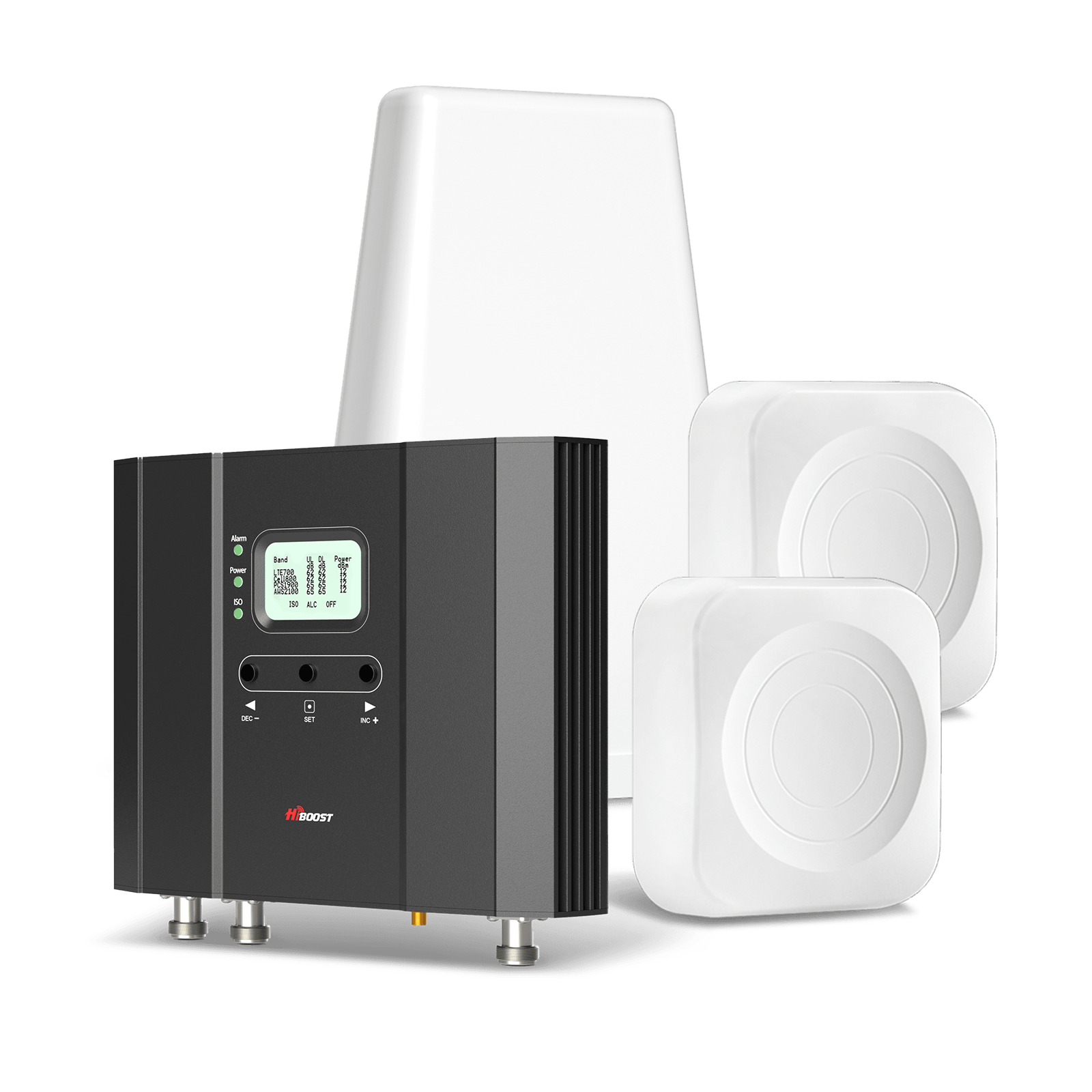
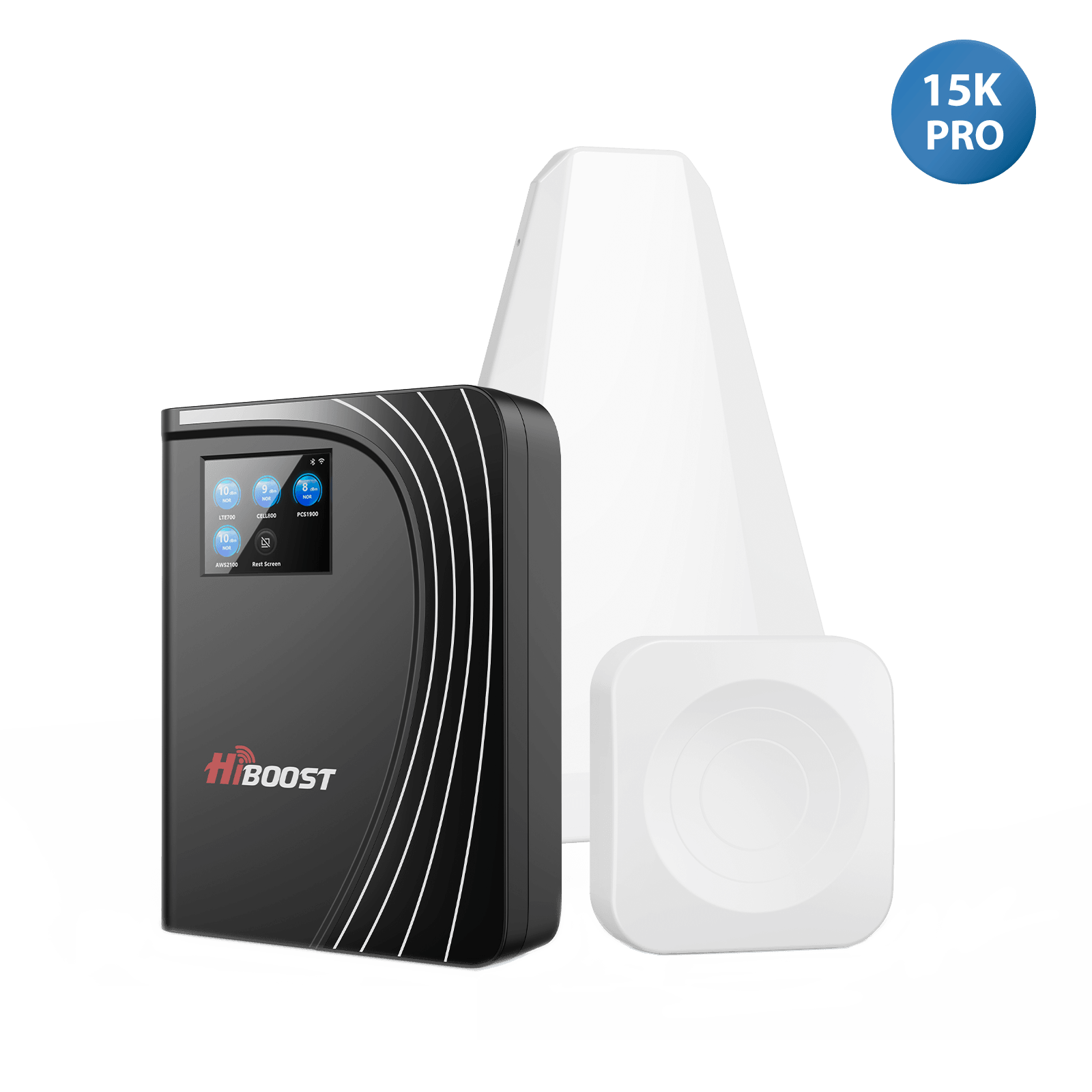
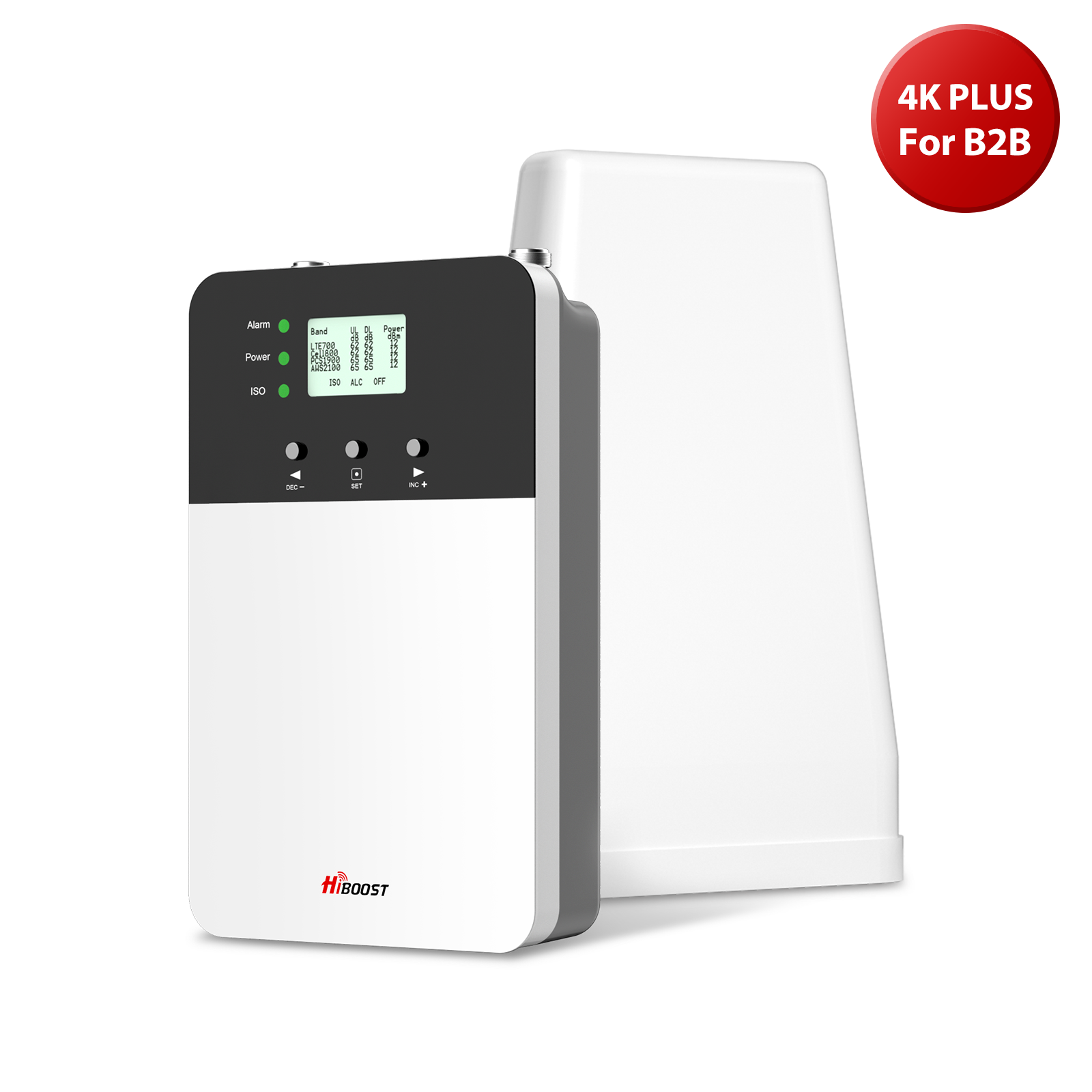
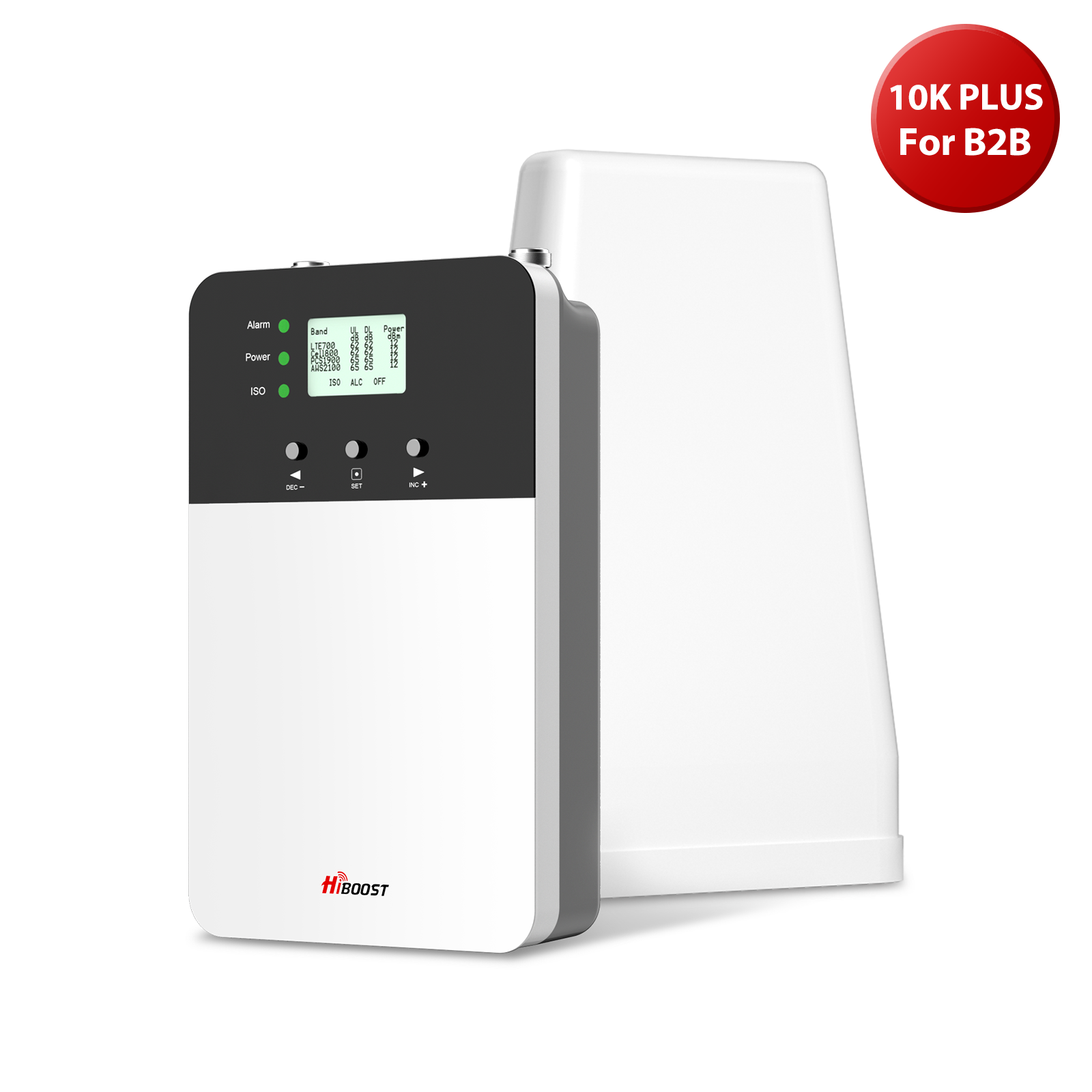
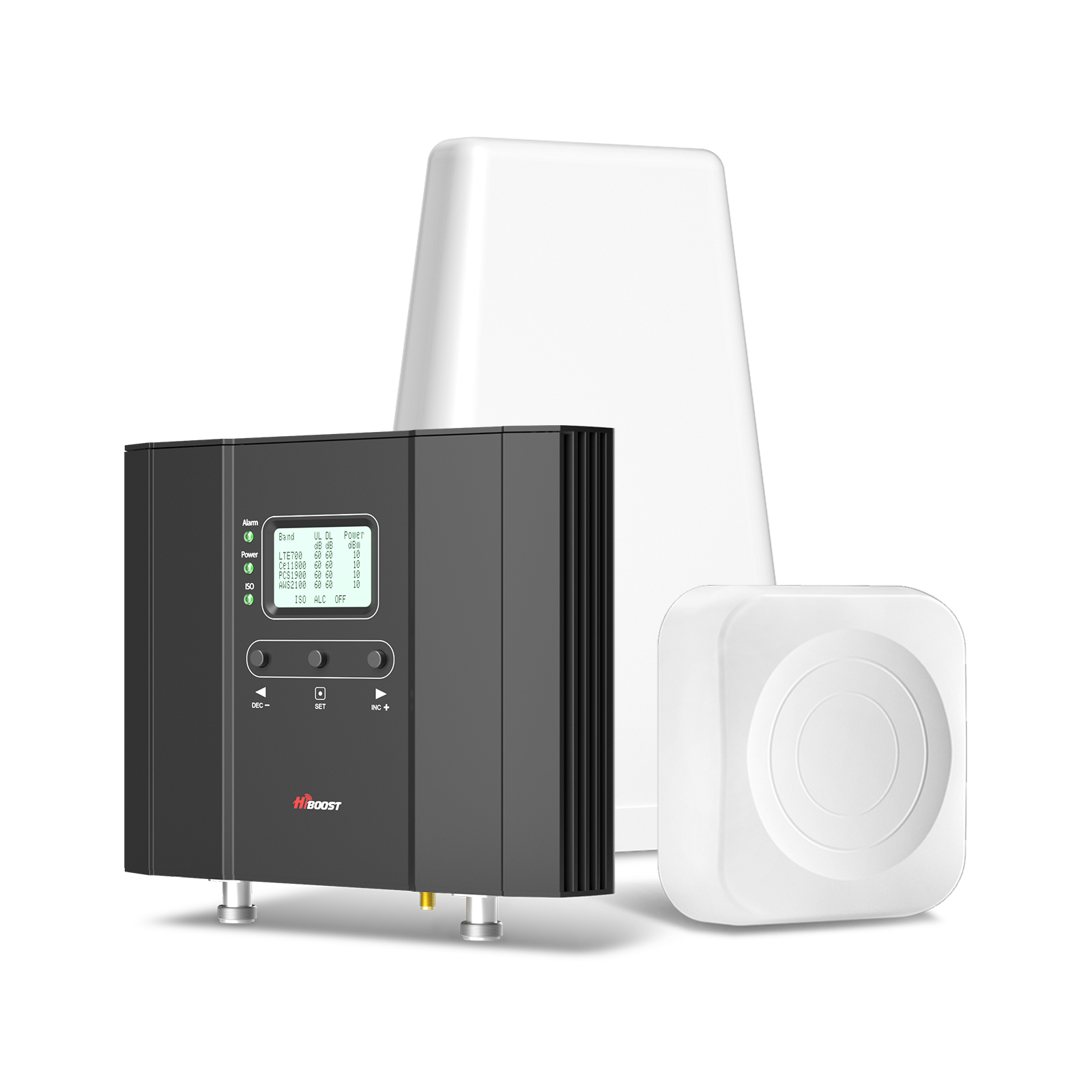
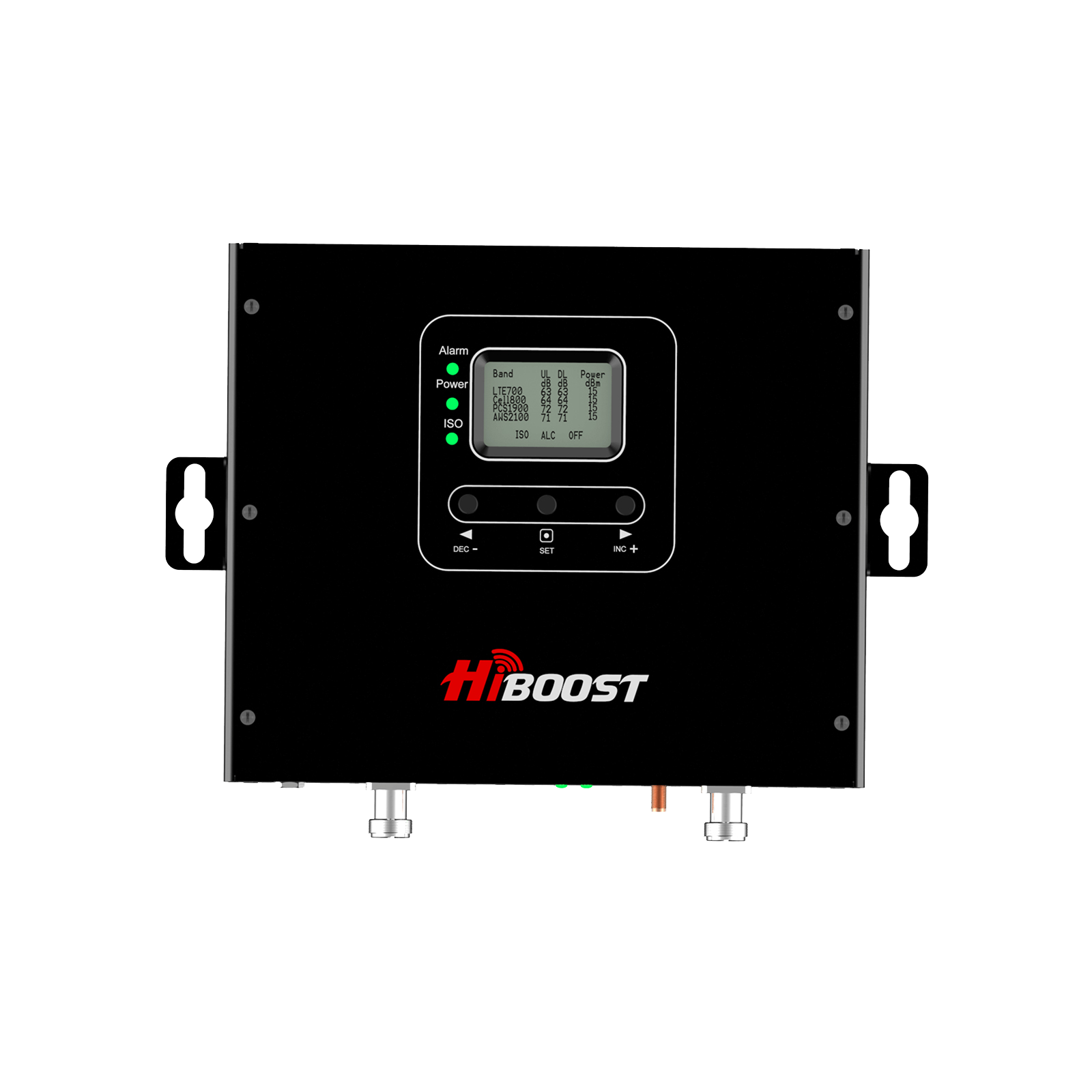
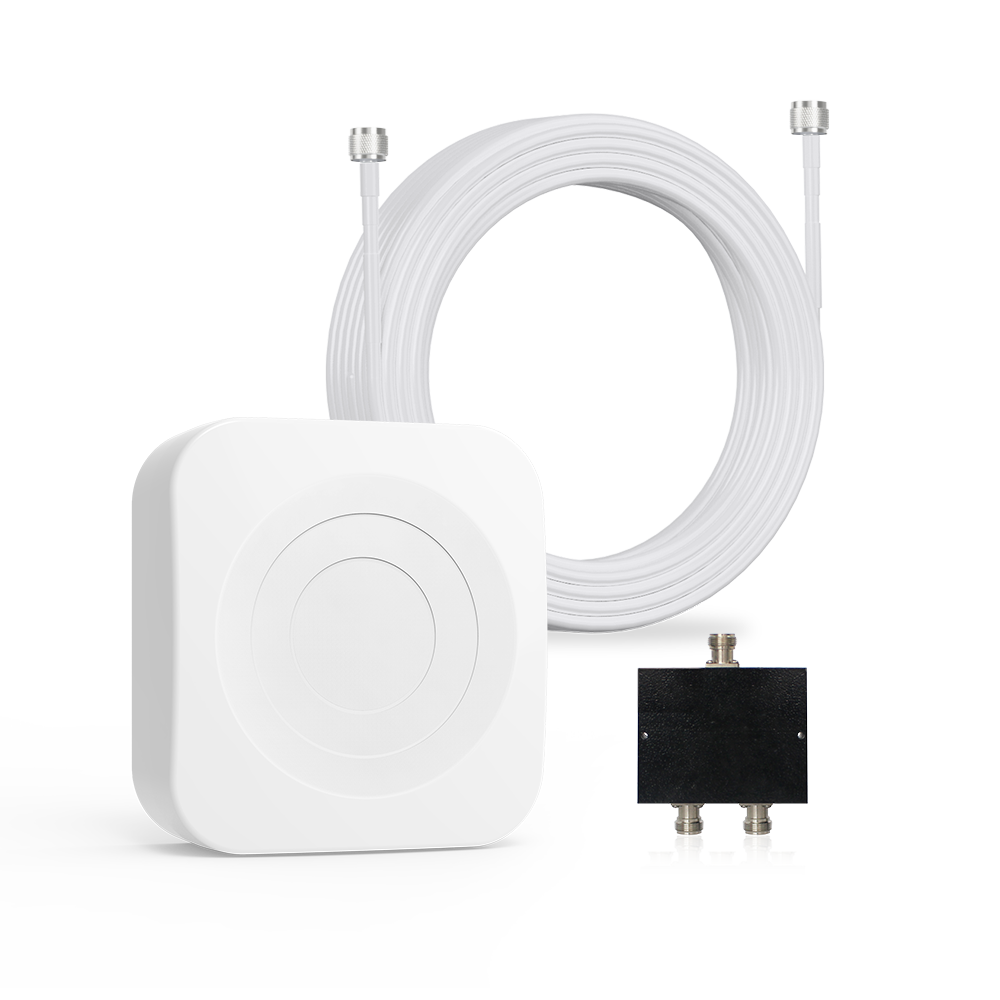
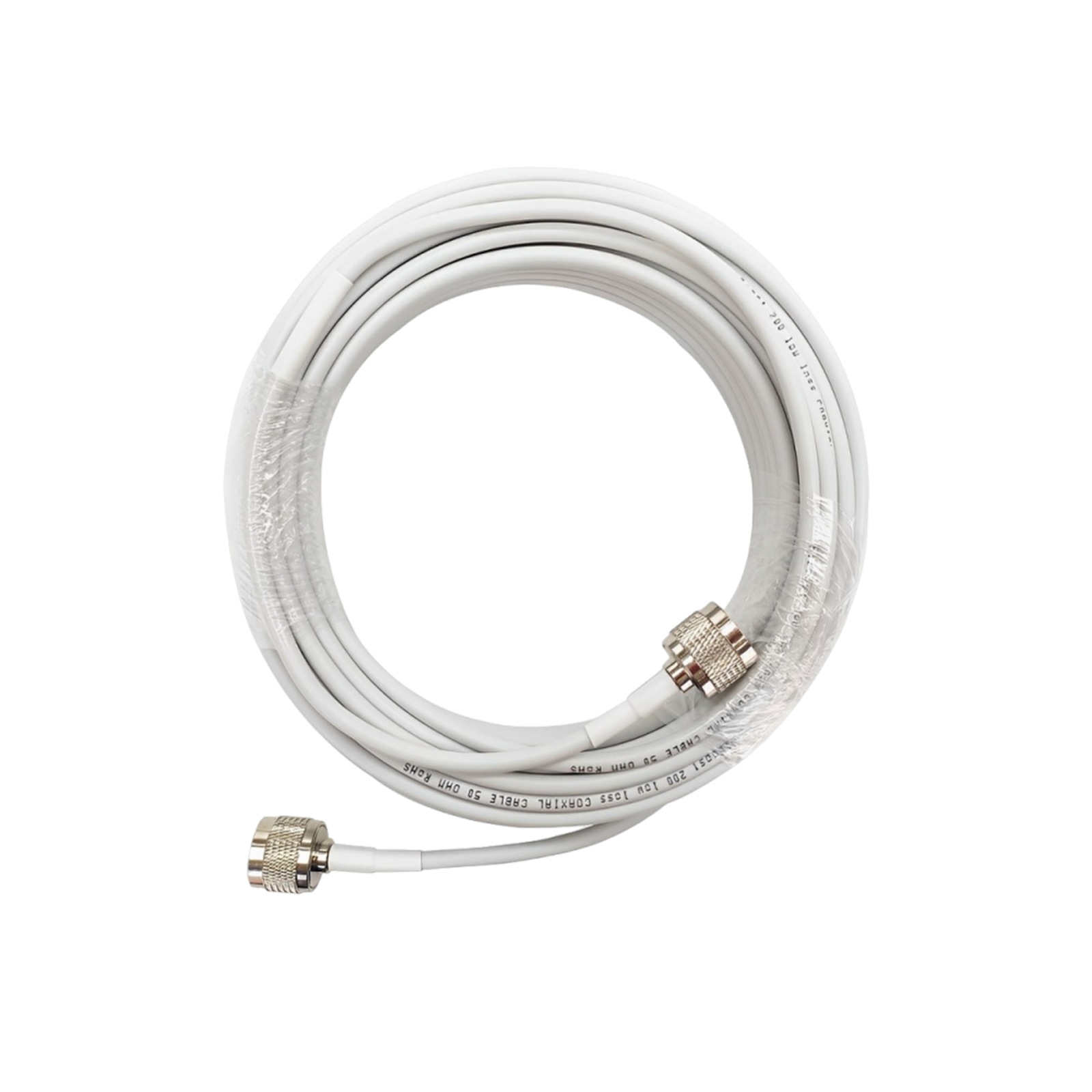
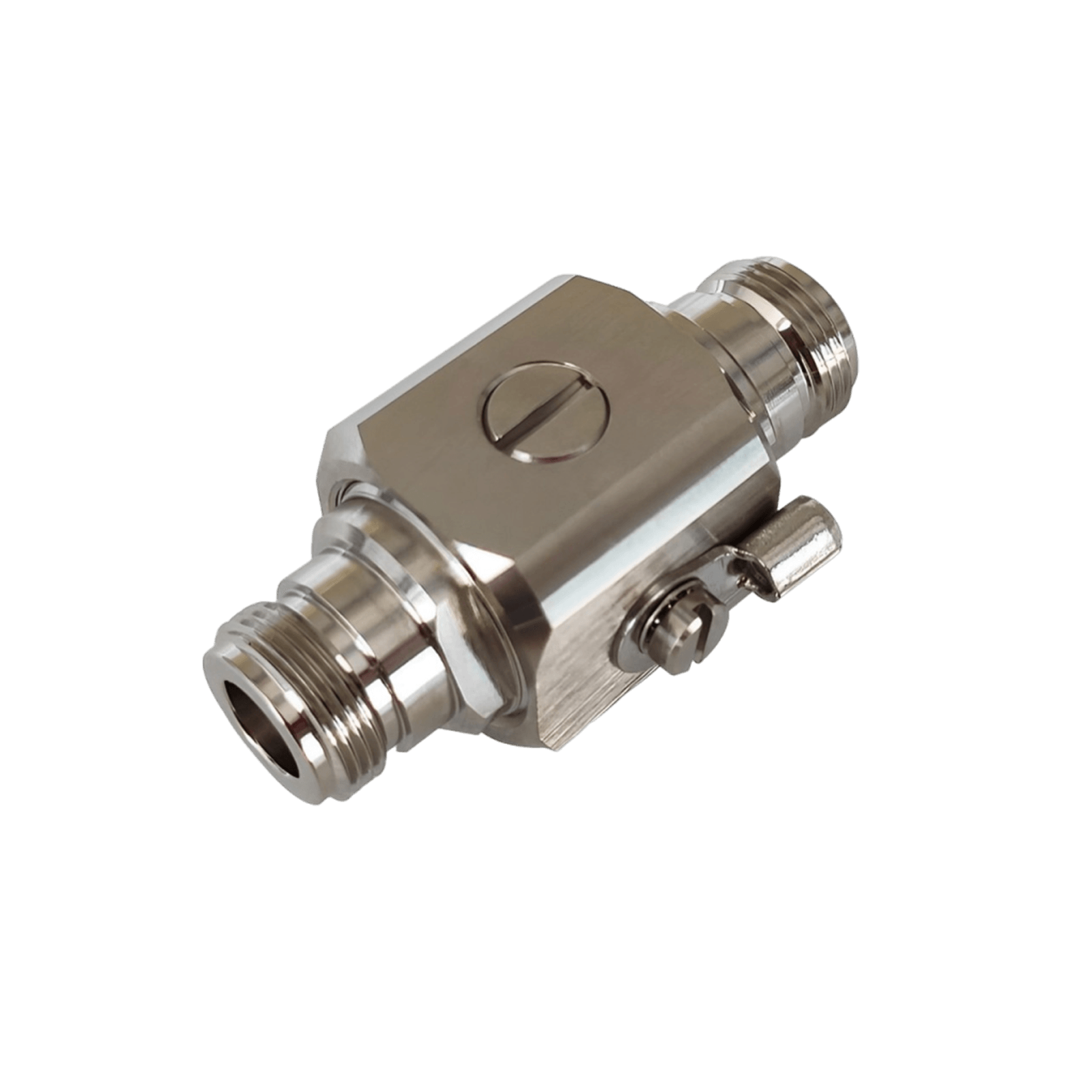
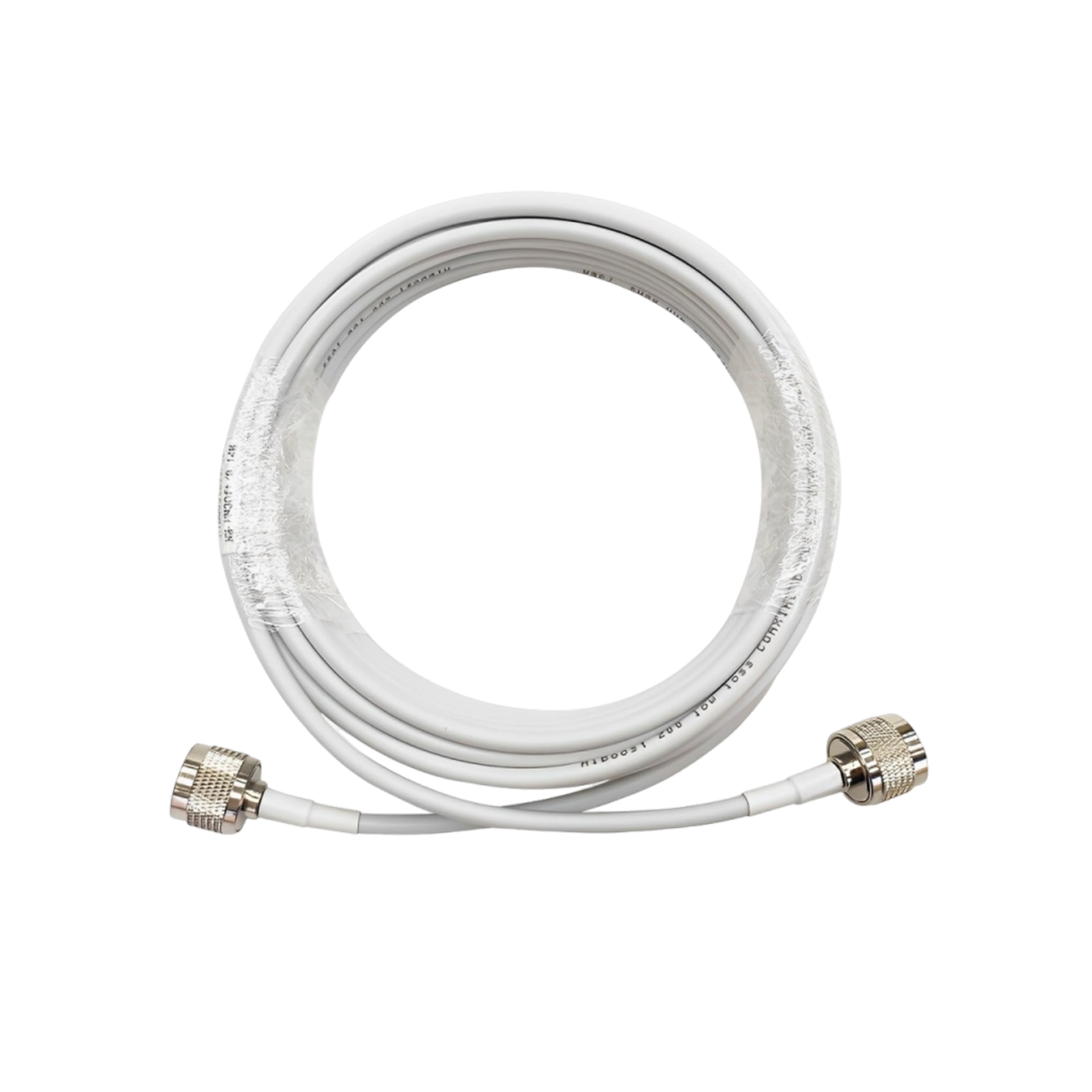

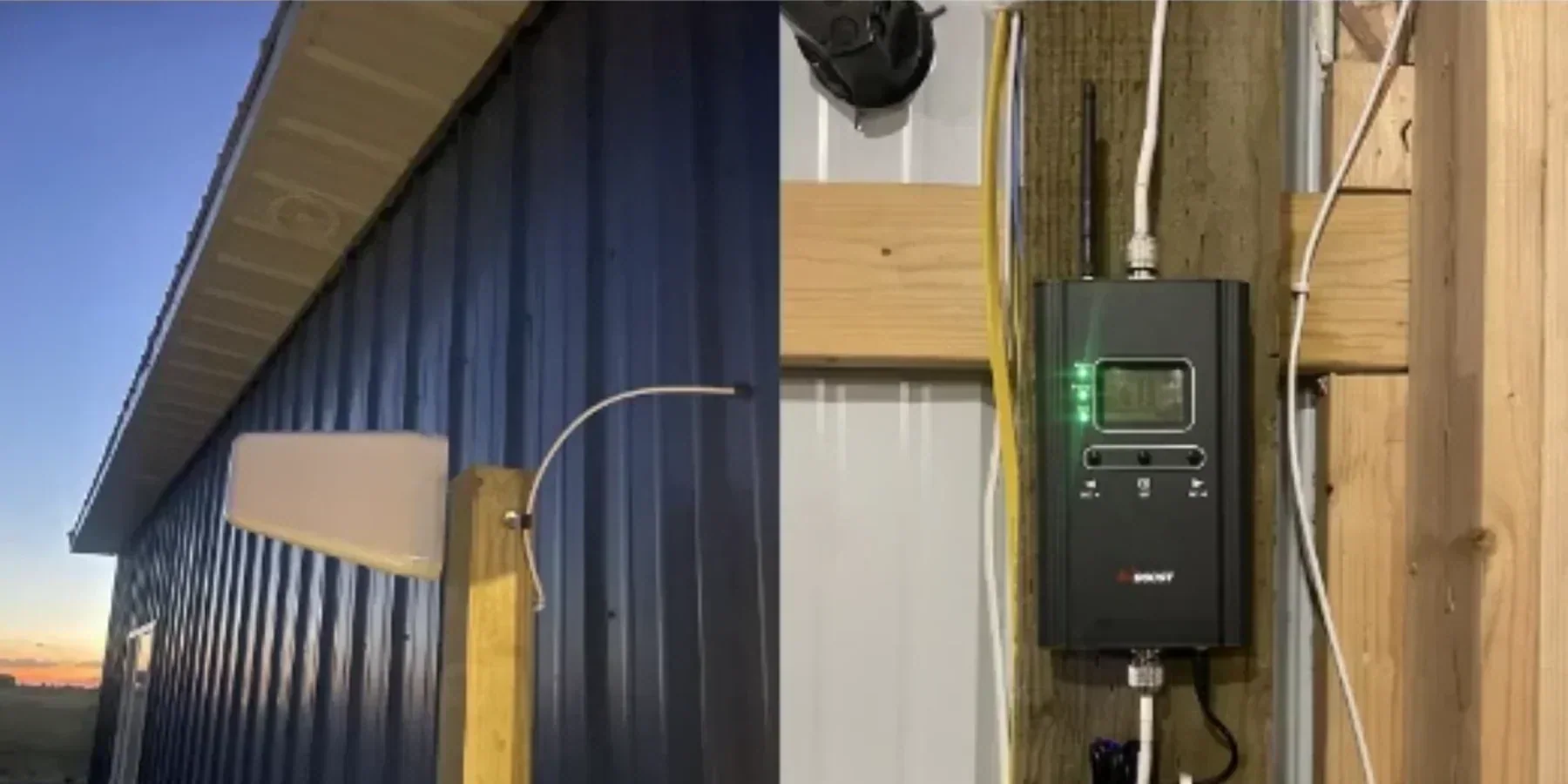
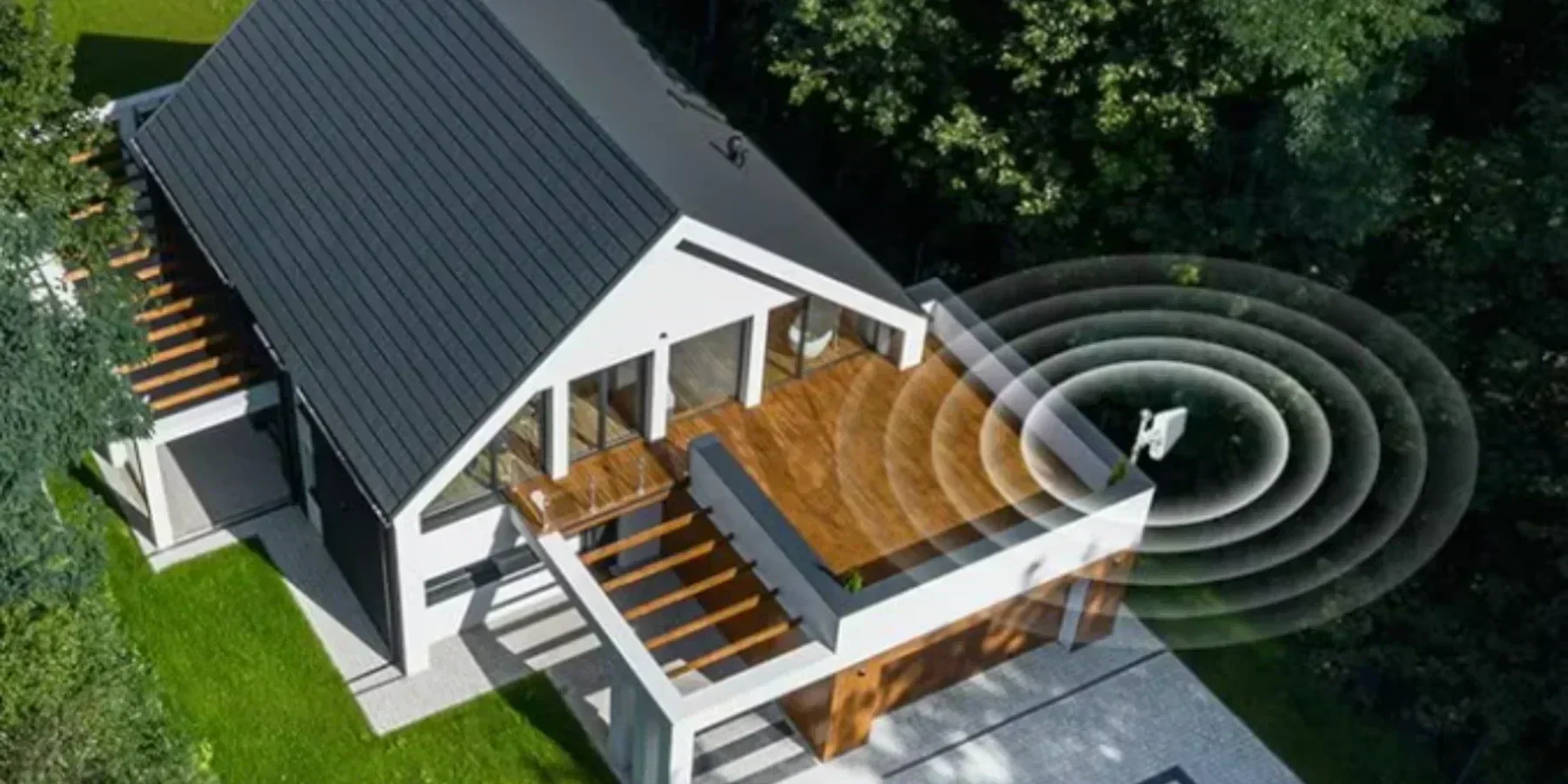
Leave a comment
All comments are moderated before being published.
This site is protected by hCaptcha and the hCaptcha Privacy Policy and Terms of Service apply.